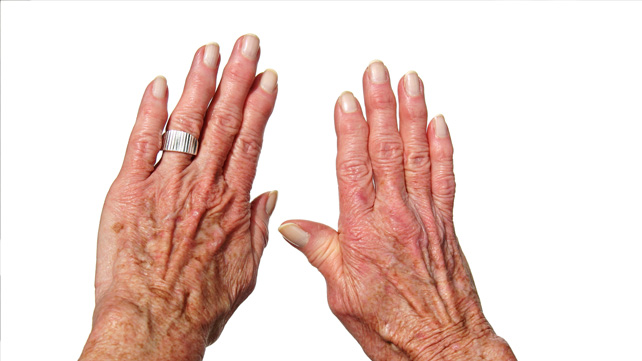Some people may experience finger joint pain that worsens when they move or press on the finger. Others may have persistent finger joint pain that does not improve with rest or over-the-counter (OTC) treatment. Tendons are cords of collagen tissue that attach muscles to bones. Two common problems that affect the tendons are tendonitis and tenosynovitis. Tendonitis occurs when a tendon becomes inflamed, which can lead to swelling, discomfort, and reduced movement. Tenosynovitis refers to inflammation of the tendon sheath, which is the thin membrane that encloses a tendon. It can lead to joint pain, swelling, and stiffness. Uncontrolled diabetes can lead to various musculoskeletal complications that affect the hands and fingers, such as Dupuytren's contracture, carpal tunnel syndrome, and diabetic neuropathy. Dupuytren's contracture refers to the thickening of the connective tissues in the palm. Over time, the bands of connective tissue become shorter, which can cause the fingers to bend toward the palm. An injured finger should improve with rest and pain medication. Injuries might include sprain, strain, dislocation, or fracture. A doctor may need to reset a fractured bone. Inflammation due to arthritis or infections can also lead to finger joint pain. A person's symptoms should improve once they treat the underlying condition. People should contact a doctor if they experience finger joint pain that worsens or does not improve with OTC treatment.
(Credits: www.medicalnewstoday.com)


